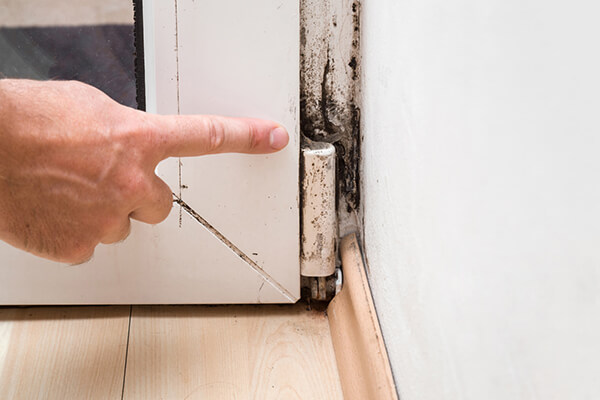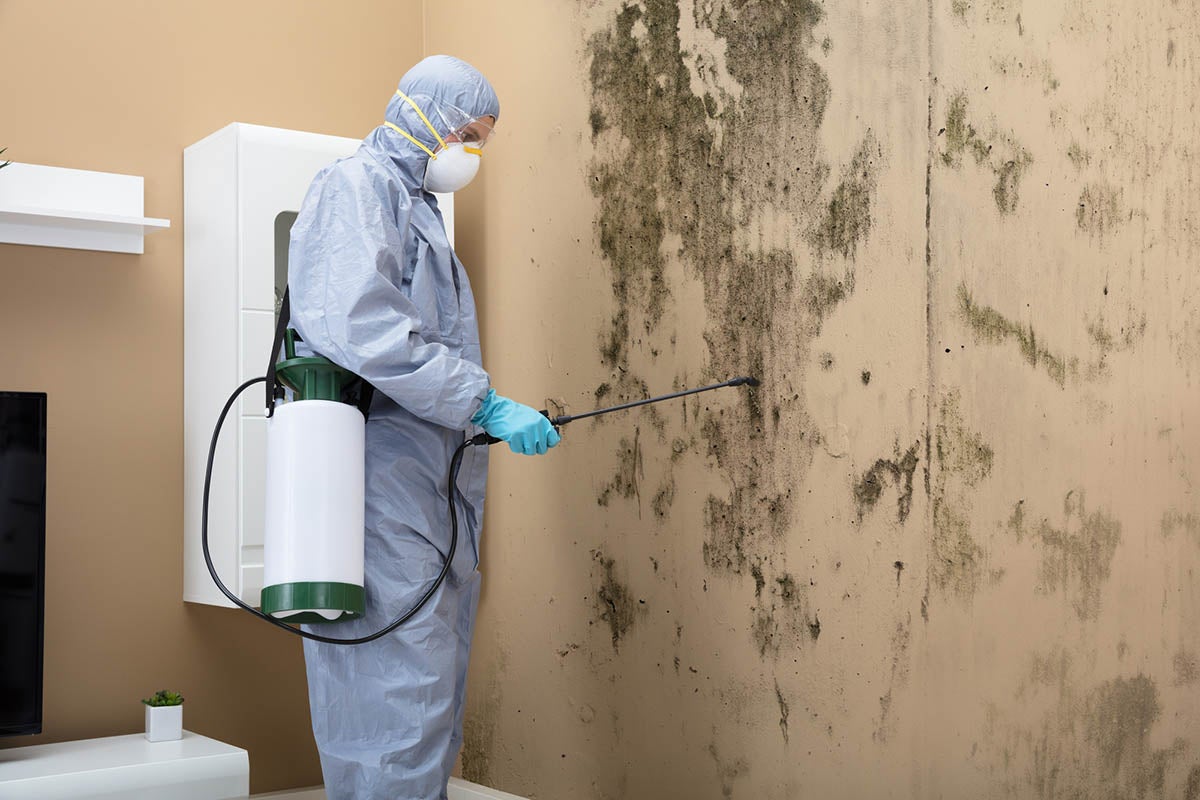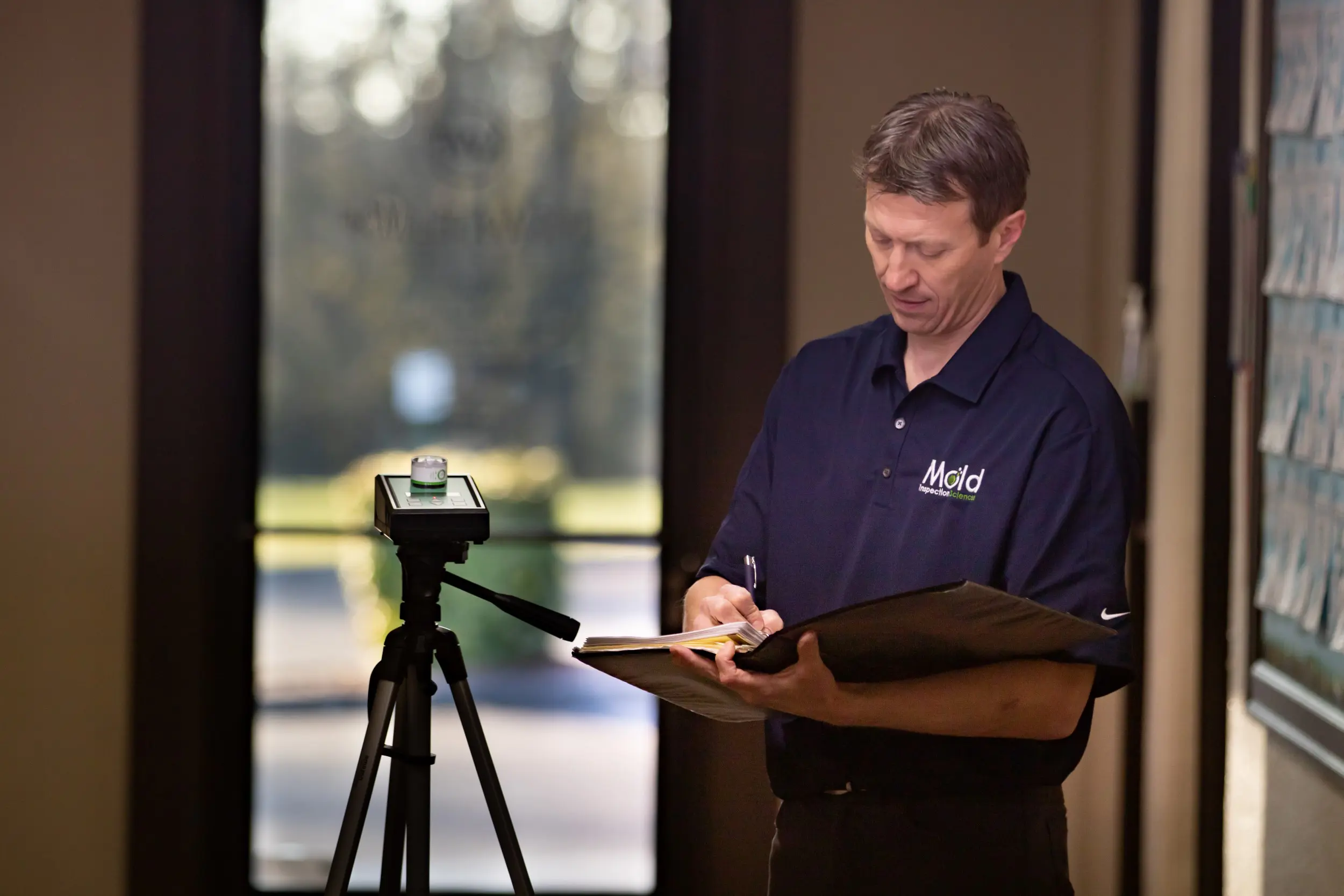Testing Air Quality After Mold Remediation
Testing Air Quality After Mold Remediation
Blog Article
Effective Blog Post Mold Remediation Solutions for Your Home
Mold and mildew development in homes can be a consistent concern, commonly calling for a methodical strategy for effective post-remediation services. From comprehending the factors that contribute to mold growth to carrying out correct cleansing strategies and moisture control steps, the procedure can be elaborate yet critical for preserving a healthy and balanced living atmosphere. Furthermore, discovering all-natural remediation solutions and developing a routine for continuous maintenance are essential parts of a thorough mold and mildew remediation strategy. As homeowners make every effort to address mold concerns, locating the most reliable options becomes paramount for the wellness of their homes.
Understanding Mold And Mildew Growth Aspects
Mold and mildew growth is affected by a variety of variables that are important to comprehend in order to successfully deal with and stop its proliferation. Comprehending these factors is necessary in implementing successful mold remediation approaches. The key element contributing to mold and mildew growth is dampness. Mold and mildew spores require moisture to flourish and sprout, making moist or moist environments extremely at risk to mold and mildew invasions. Poor ventilation can likewise cause moisture accumulation, developing a suitable breeding place for mold.

Additionally, air movement and light exposure can impact mold growth. Locations that do not have appropriate air flow and all-natural light are a lot more susceptible to mold and mildew development. By attending to these aspects thoroughly, people can properly mitigate mold and mildew development and protect their living settings.
Appropriate Mold Cleaning Strategies
Making use of effective cleaning approaches is important in avoiding the recurrence and attending to of mold and mildew contamination in indoor settings. When handling mold, it is critical to focus on security by using safety gear such as masks, handwear covers, and safety glasses. The initial step in correct mold and mildew cleansing is to contain the damaged area to prevent the spread of spores to unpolluted areas. This can be achieved by sealing the area and utilizing air scrubbers or negative air machines to preserve air top quality.

Applying Moisture Control Procedures
To efficiently prevent mold growth and contamination in indoor settings, applying dampness control measures is extremely important. Moisture is the key factor that gas mold and mildew development, making it vital to take care of moisture degrees within the home. One effective procedure is to make use of dehumidifiers to keep interior moisture levels below 60%. Additionally, ensuring correct ventilation in areas susceptible to moisture accumulation, such as cooking areas and restrooms, can aid minimize the risk of mold and mildew growth. Frequently examining and fixing any kind of leakages in plumbing, roofing systems, or home windows is additionally essential in preventing excess wetness accumulation. Using exhaust followers while food preparation or showering, and allowing air circulation by maintaining furnishings somewhat away from walls can aid in moisture control. Furthermore, making use of moisture-resistant products in high-humidity locations, such as mold-resistant drywall and paints, can be beneficial. By vigilantly executing these moisture control actions, home owners can successfully minimize the possibility of mold recontamination and keep a healthy and balanced indoor setting.
Making Use Of All-natural Removal Solutions
After successfully executing wetness control steps to stop mold and mildew development in interior environments, homeowners can now explore the performance of natural remediation solutions in preserving a healthy living space. Natural remediation solutions utilize environmentally friendly methods to battle mold and mildew and mildew, making them a prominent choice for those looking for safe alternatives. By incorporating these all-natural remediation services into their cleaning routines, property owners can successfully deal with mold development while promoting a much healthier indoor atmosphere for themselves and their families.

Maintaining a Mold-Free Setting
Regularly checking locations prone to mold and mildew development, such as shower rooms, attic rooms, cellars, and kitchens, is vital. Appropriate ventilation in locations with high moisture levels is additionally go to the website crucial to stopping mold development.
Furthermore, maintaining sanitation in the home is crucial for mold avoidance. Frequently cleaning and cleaning surfaces, rugs, and upholstery can aid get rid of mold and mildew spores prior to they have a possibility to clear up and multiply. Making use of mold-resistant products for building materials and furnishings can further aid in producing a mold-free environment. Keeping indoor plants in check and making sure correct drainage in outside landscape design can minimize wetness build-up, reducing the probability useful source of mold and mildew problems. By following these positive maintenance practices, house owners can effectively maintain a mold-free home.
Final Thought
Finally, it is vital to address mold development aspects, use correct cleaning techniques, carry out dampness control measures, use natural removal services, and maintain a mold-free setting in order to properly handle blog post mold remediation in your house - Post Remediation verification. By following these approaches, you can protect against mold from repeating and guarantee a healthy living environment for you and your family
The key factor adding to mold growth is dampness. Mold and mildew spores require wetness to thrive and sprout, making humid or wet environments highly vulnerable to mold infestations.To successfully avoid mold and mildew development and contamination in indoor atmospheres, executing wetness control procedures is vital. Furthermore, ensuring proper ventilation in locations prone to moisture build-up, such as washrooms and cooking areas, can help minimize the threat of mold growth.After successfully implementing moisture control steps to prevent mold development in indoor settings, house owners can now check out the performance of natural removal options in preserving a healthy and balanced living space.
Report this page